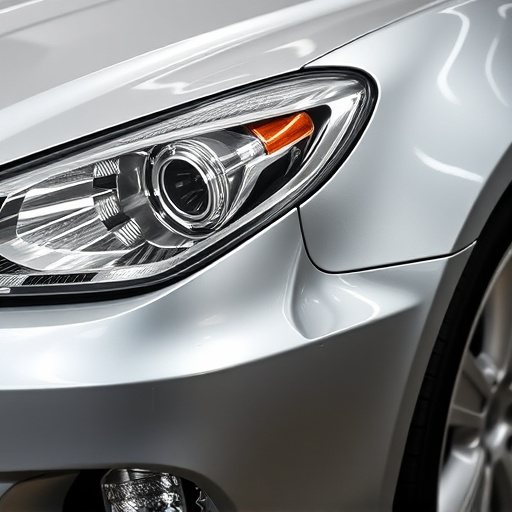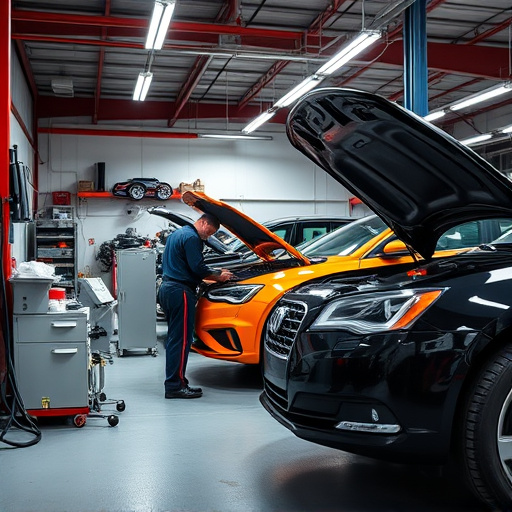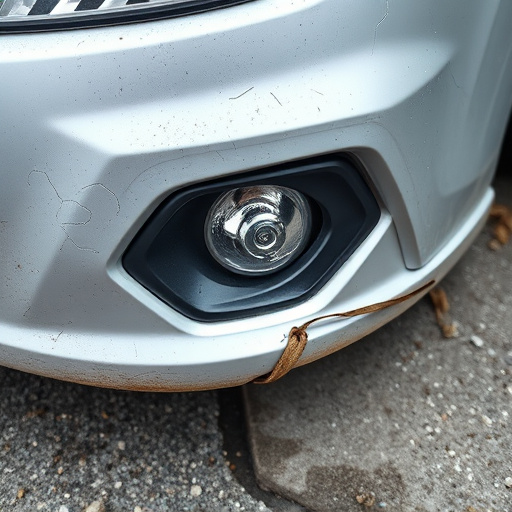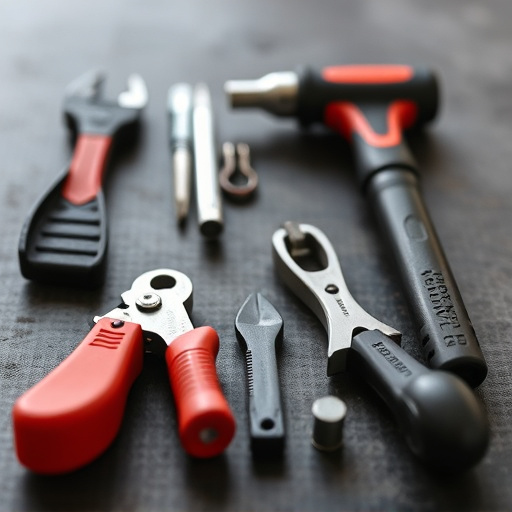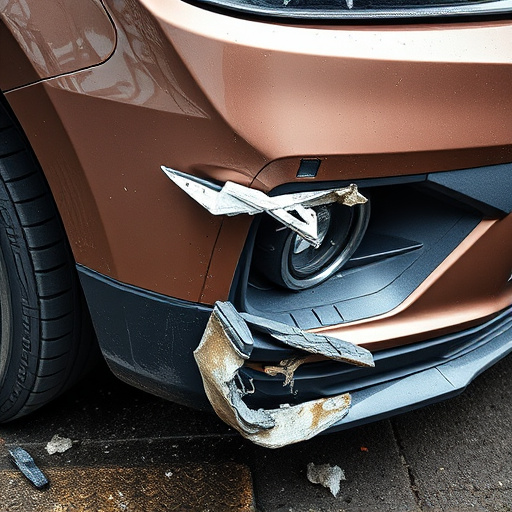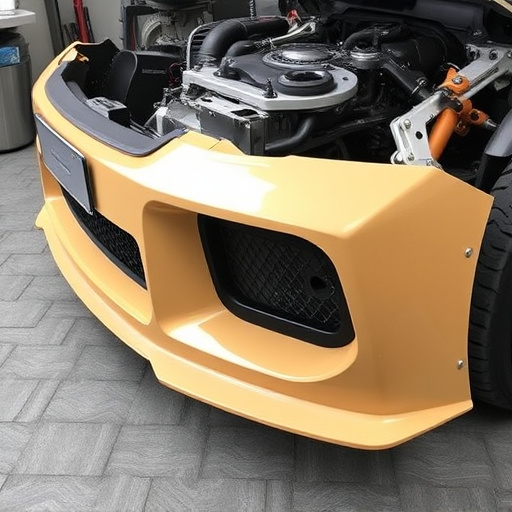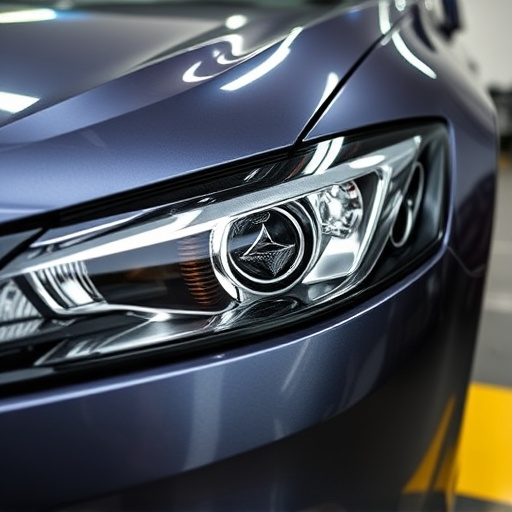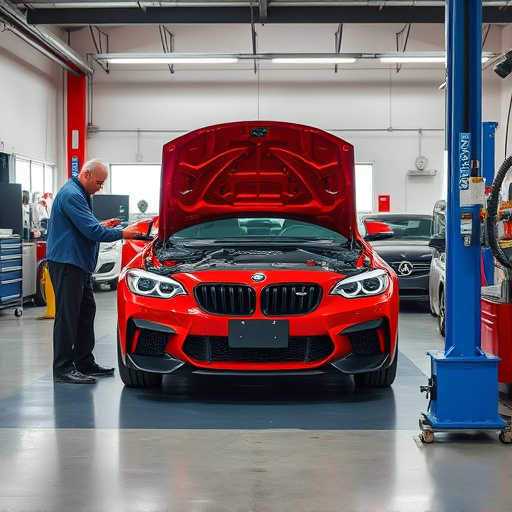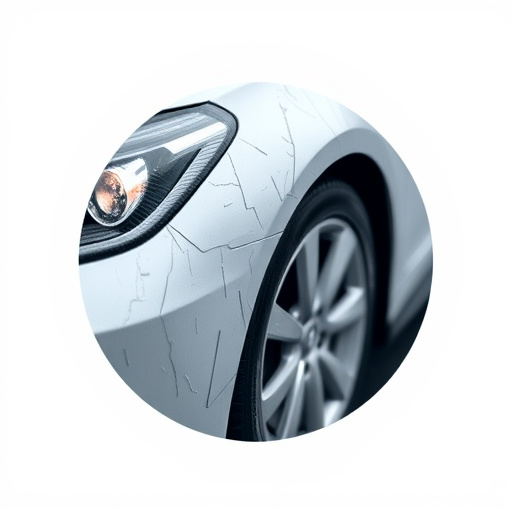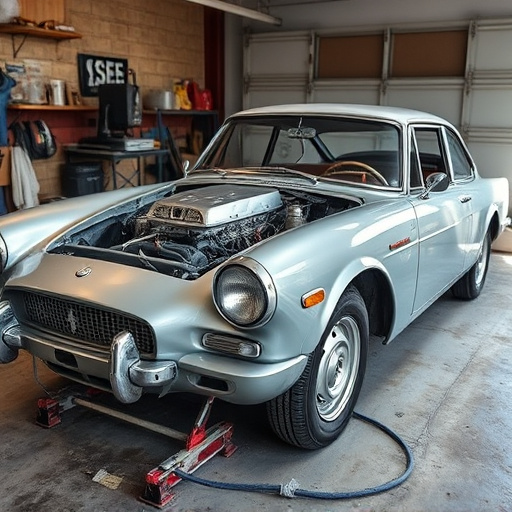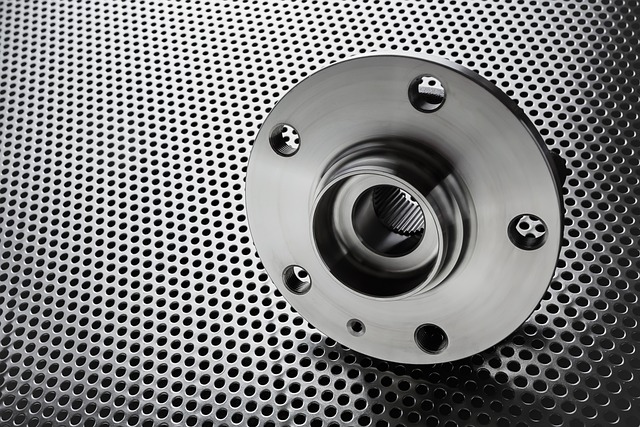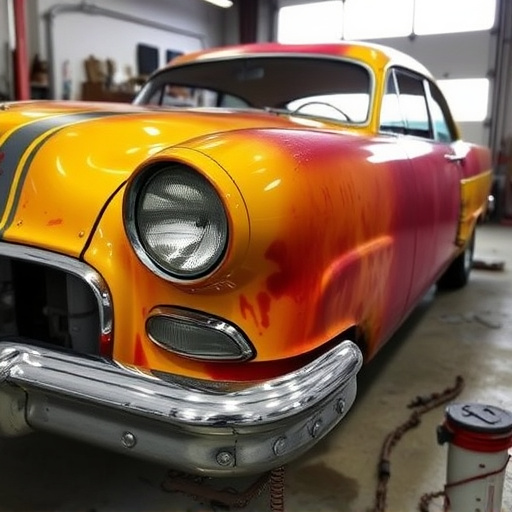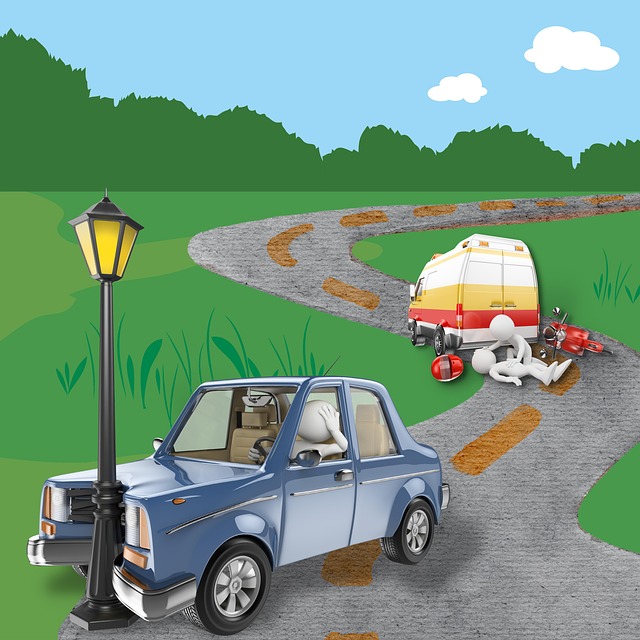By 2025, high-strength steel repair is pivotal for automotive and construction industries, offering unparalleled durability, safety, and cost efficiency in vehicle and infrastructure maintenance, especially with growing demand for advanced steels and sustainable practices.
In 2025, the demand for robust and sustainable construction materials remains paramount. High-Strength Steel (HSS) repair continues to be a vital pillar in infrastructure development. This durable legacy is evolving with constant technological advancements, ensuring longevity and safety. From bridges to skyscrapers, HSS repairs offer a lifeline for aging structures, mitigating risks and promoting sustainability. As the construction industry navigates future challenges, integrating high-strength steel solutions will remain essential for both efficiency and resilience.
- High-Strength Steel: A Durable Legacy
- Infrastructure's Lifeline: Constant Evolution
- Future-Proofing Construction: Sustainability and Safety
High-Strength Steel: A Durable Legacy
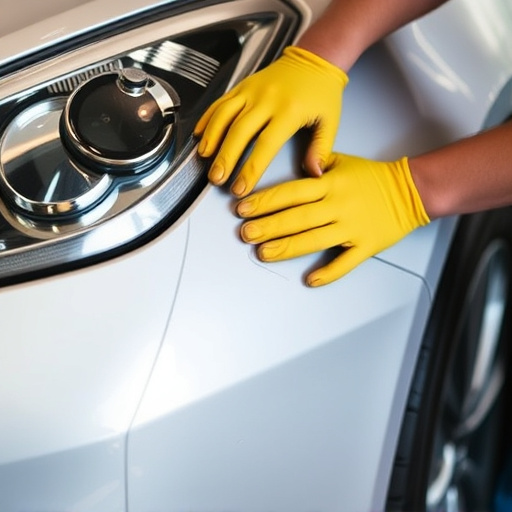
High-strength steel has left an indelible mark on the automotive industry, solidifying its position as a durable and reliable material for vehicle construction. In 2025, its significance remains unparalleled, especially when it comes to repair and restoration efforts. This robust alloy’s unique properties make it a game-changer in car damage repair and vehicle collision repair scenarios. Its superior strength and resilience ensure that even after severe accidents or natural disasters, vehicles equipped with high-strength steel can be successfully restored, preserving their structural integrity and safety features.
The versatility of high-strength steel is evident in its applications, from body panels to frames and components. This durable legacy allows for efficient and cost-effective auto glass repair, as well, ensuring that vehicles not only regain their structural stability but also maintain optimal performance and passenger protection. As the world continues to navigate changing landscapes, high-strength steel repair techniques will remain a cornerstone of the automotive sector, offering both enhanced safety and economic benefits.
Infrastructure's Lifeline: Constant Evolution
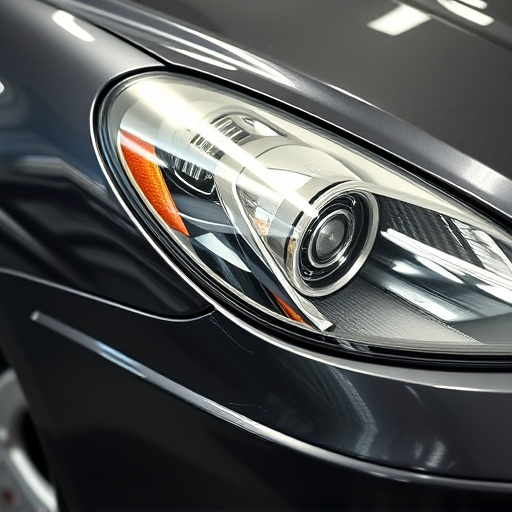
The infrastructure that sustains modern societies is constantly evolving, driven by advancements in technology and a growing need for durability and resilience. High-strength steel repair remains a critical component of this evolution, ensuring that our transportation networks, from bridges to roads, remain robust and safe. As we advance into 2025, the demand for high-quality, efficient, and sustainable infrastructure solutions is higher than ever.
In the realm of vehicle maintenance, including car restoration and collision repair services, high-strength steel plays a pivotal role. Beyond simply repairing damages, these processes often involve enhancing structural integrity using advanced steels that offer superior strength and corrosion resistance. Even in tire services, where steel belts are integral for safety and performance, the use of high-quality steel ensures longevity and reliability, reflecting the ongoing evolution of infrastructure’s lifeline.
Future-Proofing Construction: Sustainability and Safety
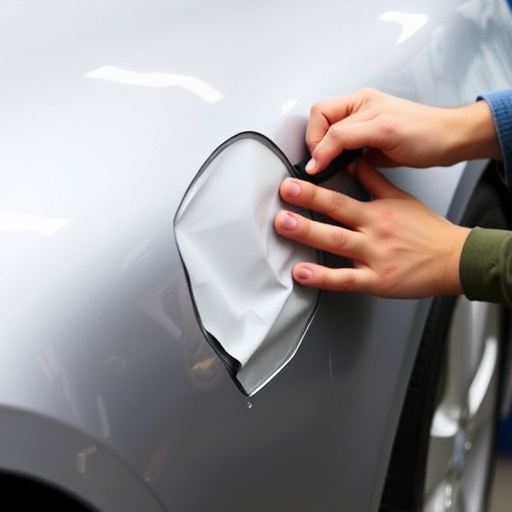
As we approach 2025, the construction industry is undergoing a significant transformation with an increased focus on sustainability and safety. High-strength steel repair plays a pivotal role in achieving both these goals. This durable material has long been a staple in commercial and industrial structures due to its exceptional strength and longevity. However, with evolving environmental standards and a heightened awareness of resource conservation, the future of construction lies in embracing eco-friendly practices while ensuring structural integrity.
High-strength steel repair offers a sustainable solution by extending the lifespan of existing buildings and infrastructure. Rather than demolishing and reconstructing, which generates significant waste, repairing and reinforcing with high-grade steel is an efficient, cost-effective method. This approach aligns perfectly with modern construction trends towards minimal environmental impact, particularly in the realms of auto collision centers and automotive body work where traditional repairs are often replaced by advanced, eco-conscious solutions.
In 2025, the relevance of high-strength steel repair remains paramount as we continue to evolve our infrastructure. While technology advances and construction methods adapt, the foundational strength and durability of high-strength steel ensure its longevity in addressing our evolving needs. By prioritizing sustainable and safe practices, we can mitigate risks and navigate a future where robust repairs are essential for the safety and efficiency of our built environment.
